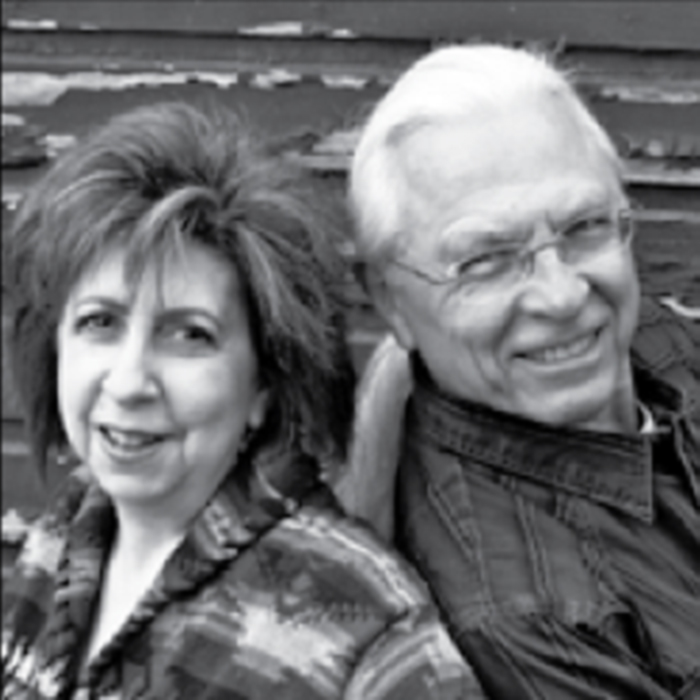“Why Don’t We Do It On The Road?
God bless Dwight David Eisenhower.
Seriously.
As thirty-fourth president of the United States, Eisenhower did American travelers a big favor when he initiated the “Federal Aid Highway Act of l956,” which brought about construction of the Interstate Highway System. That was a hard act to follow, but in l958 Ike topped himself with “A policy on Safety Rest Areas for the National System of Interstate and Defense Highways.” The central focus of this decree was “comfort facilities” – toilets, in plain parlance. As a young soldier, Ike had spent quite a bit of time on the road himself. Back in l919, he’d served with the U.S. Army’s Transcontinental Motor Convoy, delivering military vehicles coast-to-coast. “Facilities” in those days were few and far between, an unpleasant fact that he apparently never forgot.
So thank you, Ike. Without you, we wouldn’t have enjoyed the shady refuge known as the Randolph Collier Safety Roadside Rest Area while on our recent 800-mile trip down the I-5. Located alongside the bubbling Klamath River just south of the Oregon/California border, this facility was spotless and easy on the eye, even though its entrance is a concrete cloverleaf. Plus, this particular rest area doubles as a visitors’ center, complete with maps and information from friendly attendants.
Fourteen additional rest areas appeared between the Oregon border and our Los Angeles destination, which is pretty generous considering that the driving time – assuming one doesn’t stop (and how could we not, given the amount of coffee we consumed) – is estimated at about eleven hours. Mere mortals ourselves, we saw no reason to resist the government sanctioned offerings. We tested several along the way, places with evocative names like Willows, Elkhorn, Buttonwillow and the Tejon Pass. All were equally refreshing in their own way; each was clean (the primary criteria), with minor variations in the size of the TP roll and the speed of the automatic flush.
None of them, however, offered anything in the way of actual refreshments. For that, we expanded our horizons to the rest facilities at roadside restaurants. McDonald’s is always available as an emergency port, but there’s nothing alluring about the food. We often drift away from the Interstate when we crave more interesting fodder. On this trip, Mount Shasta City, with its lovely backdrop of snowcapped splendor, drew us like a divining rod. And that’s where we found Strings, a sensational little Italian café with tasty food (at bargain prices) and its extremely pleasant restroom.
The second leg of our journey, including the stretch of “not-very-much-of-interest” between Modesto and the Tejon Pass, previously had led us into a Kettleman City diner. The décor (lots of vintage children’s pedal cars) is perfect, and the indoor plumbing offers just what we’re looking for. But the kitchen, alas, does not. Hoping for a new (and better) experience, this time we carried a smart phone with a Mapquest ap.
Tell us, Magic Ap, we inquired, where shall we stop in this culinary desert? With an electronic bibbity-bobbity-boo, the phone directed us to the Harris Ranch Inn in Coalinga, an oasis located right next to the Interstate. Inexplicably, we’d never spotted it before. The Inn, and its large dining room, is beautiful. The establishment’s staff raises the beef, bakes the biscuits, and grows the veggies, and the kitchen cooks up really good food – Jacksonville-quality good food, in fact. The bathrooms, we happily discovered, were really, really, really nice, well-appointed with custom tile and relaxing decor. Official Interstate facilities notwithstanding, it’s probably the best rest stop you’ll find as you whiz (no pun intended) up or down the 5.
We’re confident that Ike would have loved it.
Paula and Terry each have long impressive-sounding resumes implying that they are battle-scarred veterans of life within the Hollywood studios. They’re now happily relaxed into Jacksonville.

